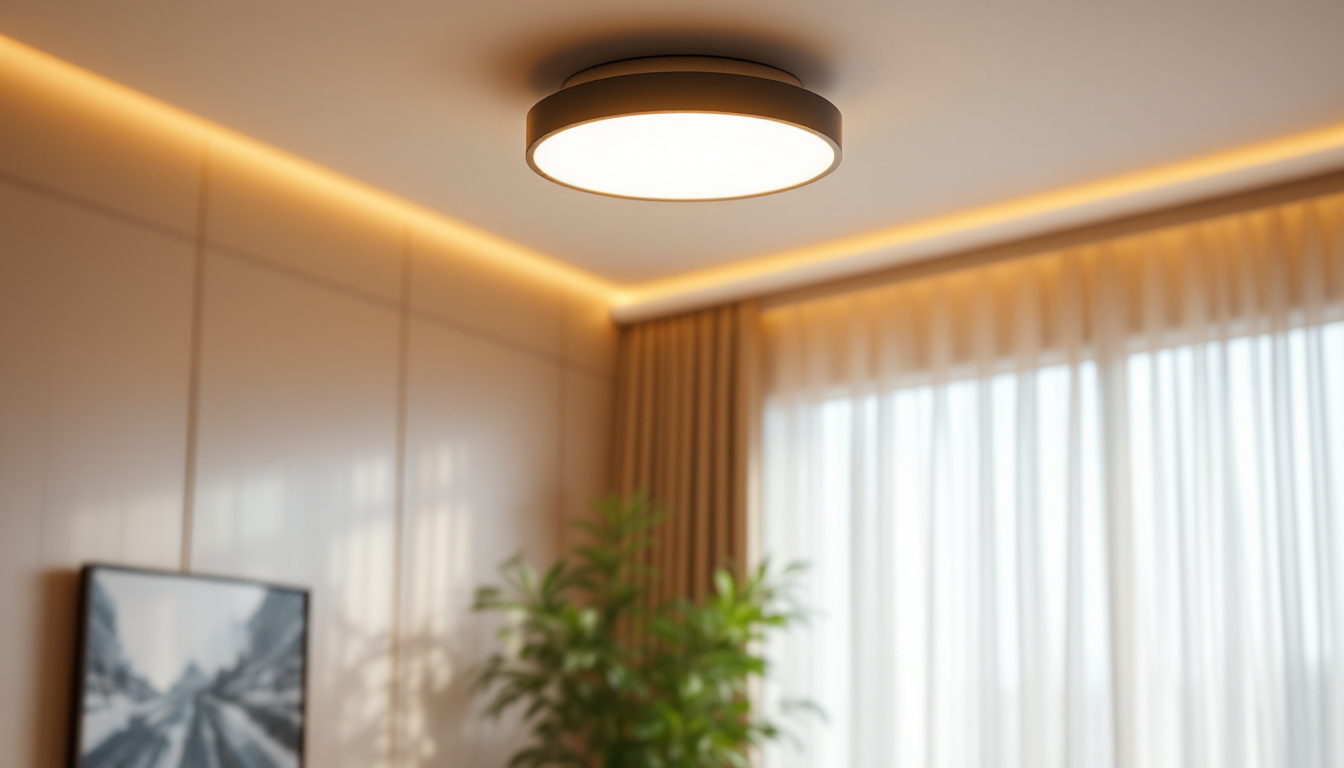
In the world of lighting installation, efficiency and convenience are paramount. As a lighting contractor, understanding the nuances of wall switches with timers can set you apart from the competition. This guide will delve into the various aspects of wall switches with timers, including their benefits, types, installation tips, and best practices for maximizing their potential.
Wall switches with timers are innovative devices that allow users to control lighting based on specific time intervals. Instead of manually turning lights on and off, these switches automate the process, ensuring that lights operate only when needed. This functionality not only enhances convenience but also promotes energy efficiency.
At the core of a wall switch with a timer is a programmable timer mechanism. Users can set the switch to turn on or off at predetermined times, which can range from minutes to hours. Some advanced models even offer features like countdown timers and remote control capabilities, allowing for greater flexibility in managing lighting.
When the timer is activated, it sends a signal to the connected lighting fixture, turning it on or off as programmed. This functionality makes it ideal for various applications, from residential to commercial settings. For example, in a home, you might program the lights in your living room to turn on just before you arrive home from work, creating a welcoming atmosphere. In a commercial setting, such as a retail store, timer switches can be used to ensure that lights are only on during business hours, thereby reducing unnecessary energy consumption.
Incorporating wall switches with timers into lighting systems offers numerous advantages. Firstly, they significantly enhance energy efficiency. By ensuring that lights are only on when necessary, users can reduce their electricity bills and contribute to sustainability efforts.
Additionally, timer switches improve security. For instance, setting exterior lights to turn on at dusk and off at dawn can deter potential intruders by creating the illusion of occupancy. This feature is particularly beneficial for homeowners and businesses alike. Furthermore, timer switches can be programmed to simulate regular activity, such as turning lights on and off at different times throughout the evening, which can be an effective strategy for maintaining security during vacations or extended absences. This added layer of protection can provide peace of mind, knowing that your property appears lived-in even when you are away.
Moreover, the versatility of timer switches extends beyond just lighting. They can also be integrated with other smart home devices, allowing for a more cohesive and automated living experience. For example, a timer switch can be synchronized with smart blinds or curtains, ensuring that both lighting and natural light are optimized throughout the day. This integration not only enhances comfort but also maximizes energy savings, as it allows homeowners to take full advantage of daylight while minimizing reliance on artificial lighting.
Understanding the different types of wall switches with timers is crucial for making informed decisions during installations. Each type has unique features that cater to specific needs and preferences.
Mechanical timer switches are the simplest form of timer controls. They typically feature a dial that users can turn to set the desired on/off times. While they are straightforward and cost-effective, they lack the precision and flexibility of digital models.
These switches are ideal for basic applications where users do not require advanced programming options. However, they may not be suitable for more complex lighting systems that require precise timing. For example, in a home setting, a mechanical timer might work well for outdoor lights that need to turn on at dusk and off at dawn, but it may fall short for indoor lighting that requires more specific scheduling, such as lights that need to be on during certain hours for security or ambiance.
Digital timer switches offer enhanced functionality compared to their mechanical counterparts. They often come equipped with programmable settings, allowing users to set multiple on/off cycles throughout the week.
Some digital models even include features like randomization, which can create a more natural lighting pattern that simulates occupancy. This feature is particularly useful for security purposes, making homes and businesses appear occupied even when they are not. Moreover, digital timer switches can also include countdown timers, which are perfect for situations where lights need to be turned off after a set period, such as in bathrooms or laundry rooms, ensuring energy efficiency and convenience.
Smart timer switches represent the pinnacle of lighting control technology. These devices can be integrated into smart home systems, allowing for remote control via smartphones or voice-activated assistants.
With smart timer switches, users can adjust settings from anywhere, making it easy to manage lighting even when away from home. Additionally, many models offer compatibility with other smart devices, enabling automation and enhanced energy management. For instance, users can program their smart switches to work in conjunction with motion sensors, turning lights on automatically when someone enters a room and off when they leave. This not only adds convenience but also significantly reduces energy waste, contributing to a more sustainable lifestyle.
Installing wall switches with timers requires a solid understanding of electrical systems and safety protocols. Here are essential tips for ensuring a successful installation.
Before beginning any installation, it is crucial to prioritize safety. Always turn off the power at the circuit breaker to avoid electrical shocks. Use a voltage tester to confirm that the power is off before proceeding with the installation.
Wearing appropriate personal protective equipment (PPE), such as gloves and safety glasses, is also recommended. Following local electrical codes and regulations is essential for compliance and safety.
Proper wiring is critical for the functionality of wall switches with timers. Most timer switches require a neutral wire for operation, which may not be present in older homes. Understanding the wiring diagram provided by the manufacturer is essential to ensure correct connections.
It is also important to consider the load rating of the timer switch. Ensure that the switch can handle the wattage of the connected lighting fixtures to prevent overheating and potential failure.
Once the installation is complete, testing the timer switch is essential. Turn the power back on and verify that the switch operates as intended. Adjust the settings according to the user’s preferences, ensuring that the timer functions correctly.
Encouraging clients to familiarize themselves with the timer’s features can enhance their experience and satisfaction. Providing a brief tutorial on programming and operation can go a long way in building trust and rapport.
To fully leverage the benefits of wall switches with timers, implementing best practices is essential. These strategies can help contractors ensure that clients get the most out of their lighting systems.
Education is key to maximizing the effectiveness of timer switches. Lighting contractors should take the time to explain the benefits and features of the installed timer switch to clients. Providing information on how to set schedules and adjust settings can empower users to utilize the technology effectively.
Offering guidance on optimal usage, such as setting lights to turn on during peak hours or when they are most needed, can further enhance energy savings and convenience.
Encouraging clients to perform regular maintenance checks on their timer switches can prevent issues down the line. This includes checking for updates if the switch is smart-enabled, as manufacturers may release firmware updates to improve functionality.
Additionally, inspecting the wiring and connections periodically can help identify any potential problems before they escalate. This proactive approach can save clients time and money in the long run.
For clients with more complex lighting needs, integrating timer switches with other systems can enhance overall efficiency. For example, combining timer switches with motion sensors can ensure that lights only activate when someone is present, further reducing energy consumption.
Smart home integration can also provide additional benefits, such as remote monitoring and control. Encouraging clients to explore these options can lead to a more comprehensive and efficient lighting solution.
While wall switches with timers offer numerous benefits, they can also present challenges during installation and usage. Understanding these challenges and their solutions can help lighting contractors navigate potential issues effectively.
One common challenge is compatibility with existing electrical systems. Older homes may lack the necessary wiring, such as a neutral wire, which can complicate installations. In such cases, contractors may need to recommend alternative solutions or upgrades to the electrical system.
Additionally, ensuring that the timer switch is compatible with the type of lighting (LED, incandescent, etc.) is crucial. Providing clients with options that suit their existing setup can prevent complications and enhance satisfaction.
Some clients may find programming timer switches challenging, especially if they are not tech-savvy. Providing clear, written instructions or visual aids can help alleviate these difficulties. Offering to assist with the initial programming can also enhance the client’s experience.
For smart timer switches, ensuring that clients understand how to connect the device to their home network and control it via an app is vital. A brief tutorial can empower clients to take full advantage of their new technology.
In conclusion, wall switches with timers are invaluable tools for lighting contractors looking to enhance their service offerings. By understanding the various types, installation techniques, and best practices, contractors can provide clients with efficient and convenient lighting solutions.
As the demand for energy-efficient and automated lighting solutions continues to grow, staying informed about the latest technologies and trends in wall switches with timers will ensure that contractors remain competitive in the ever-evolving market. Embracing these innovations not only benefits clients but also contributes to a more sustainable future.
Ready to elevate your lighting installations with the most efficient and convenient timer switches? Look no further than LumenWholesale for all your lighting needs. Our extensive selection of spec-grade lighting products ensures you have access to the highest quality switches at unbeatable wholesale prices. Say goodbye to inflated markups and hello to hassle-free bulk buying with free shipping. Don’t compromise on quality or value—choose LumenWholesale for lighting solutions that blend reliability, affordability, and ease. Visit us now for Wholesale Lighting at the Best Value and start transforming your lighting projects today.

Discover how ceiling fans can transform your lighting solutions with our comprehensive guide.

Discover essential compliance guidelines and expert tips for lighting contractors focusing on kitchen islands.

Discover the essential insights into flush lighting with our comprehensive guide tailored for lighting contractors.

Discover how LED indoor flood lights can revolutionize your lighting contracting business.